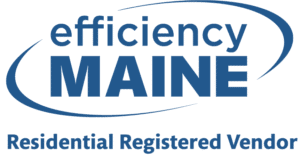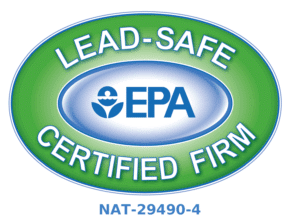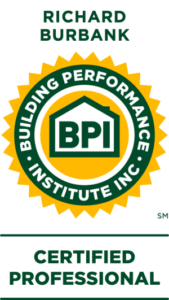Homeowners considering energy efficiency projects ask a lot of the same questions.
- Will this really make our house more comfortable?
- How much will it save us on energy bills?
- And most importantly, what’s the return on our investment?
Until recently, that last question has been a sticking point for many would-be retrofitters. Sure, most banks can’t match the 10-year ROI an energy upgrade provides, and sure, rising oil prices might mean you recoup your original investment even faster, but plenty of homeowners believe that investing in energy efficiency only makes sense if they plan to be in their current home for at least ten years. If they might move – well, there’s no way to be sure that potential buyers will appreciate the decidedly unsexy air sealing and insulation. (That’s why so many home performance pros say their biggest competitors aren’t other insulators – they’re kitchen remodelers.)
Enter the Appraisal Institute. The leading association of real estate appraisers has published the Residential Green and Energy Efficient Addendum to help appraisers quantify energy upgrades that might otherwise go unnoticed. It also assists appraisers in analyzing residential green features and properties.
There are sections for insulation, water efficiency, Energy Star appliances and windows, day lighting, programmable thermostats, and solar panels. There prompts for HERS and LEED ratings, as well as to note energy audits and “work completed as a result of the audit.” There’s even a section on location that gives extra credit to homes with passive solar orientation, natural landscaping, and walkable neighborhoods, and accessible public transportation.
This could help change everything.
Not right away, of course. An Efficiency First program on Getting Fair Value for Energy Efficient Homes noted the need to standardize the way we describe and document efficiency projects before we expect real estate brokers and homebuyers to understand their value. But brokers are interested, and there’s already a movement to Green the MLS so it’s easier to identify energy efficient homes within the multiple listing system.
Yes, we need to be careful: the last thing anyone wants is the kind of “green-washing” that’s resulted in “natural” junk food.
But realistic, reliable information that gives homes credit for environmentally and financially beneficial features? We’re bound to see an ROI on that.
